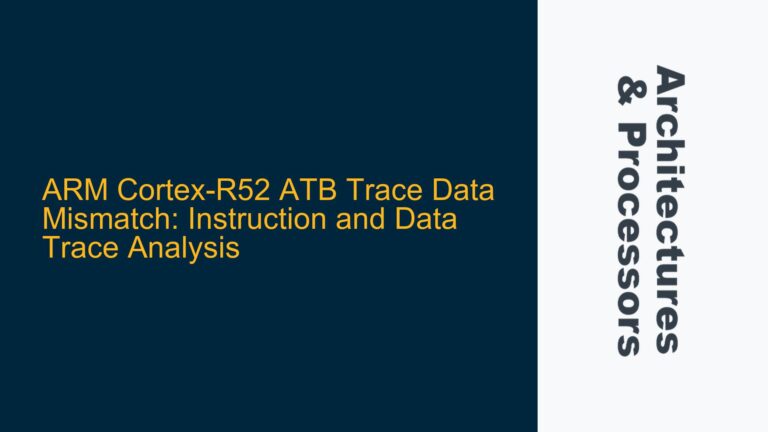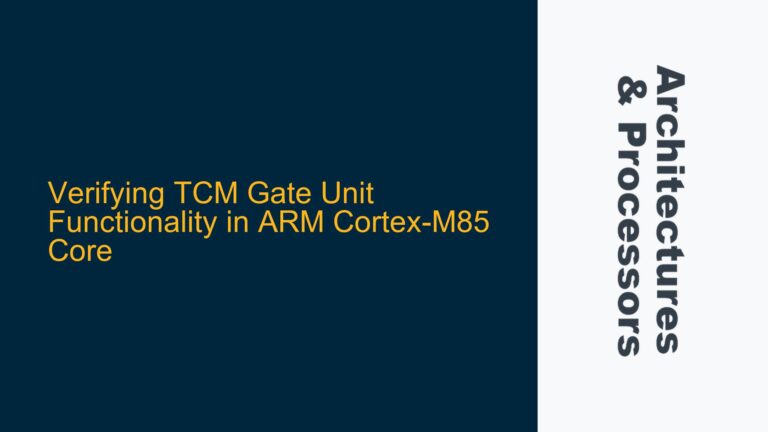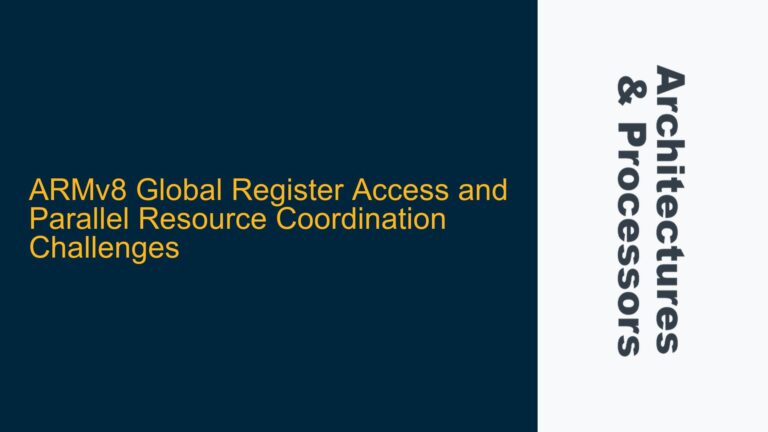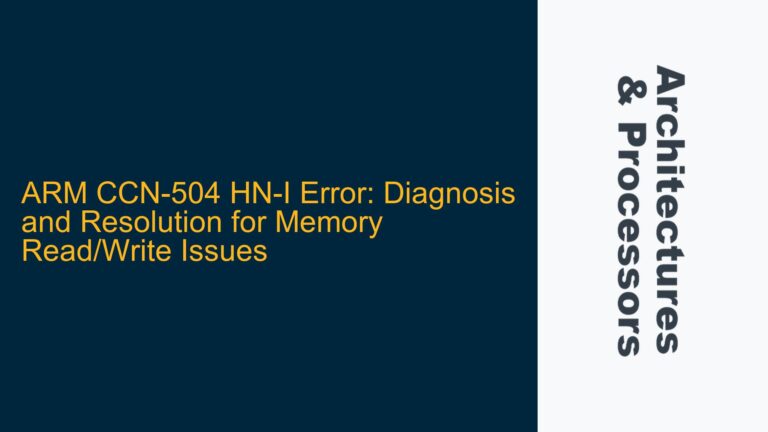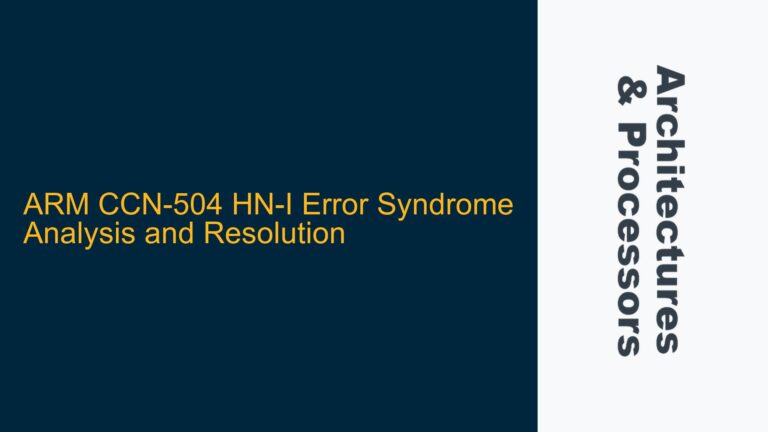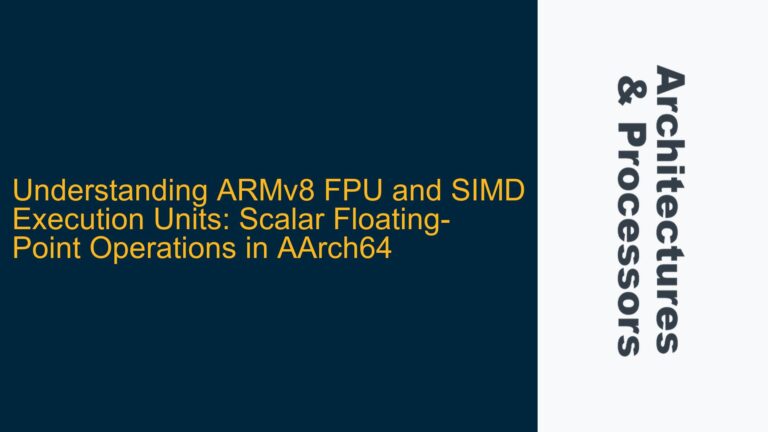APB Protocol Dummy Cycles and Timing Requirements
APB Protocol Timing and the Role of Dummy Cycles The Advanced Peripheral Bus (APB) protocol, part of the ARM Advanced Microcontroller Bus Architecture (AMBA), is designed for low-bandwidth, low-power peripheral communications. One of the key aspects of the APB protocol is its timing requirements, particularly the inclusion of dummy cycles between transfers. These dummy cycles,…



